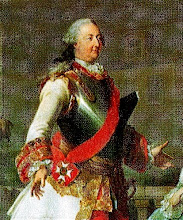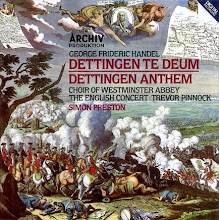 THE book on the War of the Austrian Succession in English!
THE book on the War of the Austrian Succession in English!
Most wargamers will be familiar with at least some of these names, battles that made up the
War of the Austrian Succession- or the First and Second Silesian War as it was known regarding the Prussian and Austrian rivalry over the province of Silesia.
The War of the Austrian Succession involved all the "heavy-weights" that we associate with the 18th C.- the Prussians, Austrians, French and British. But it was also a war that was waged in Italy involving Spain, Piedmont-Savoy and again France & Austria (two-front wars are never a good idea, mind). It also took in Hanover, Holland, Bavaria, Saxony, and a myriad of smaller states. Even the Russians got involved toward the end, and although they came in too late to see any fighting it was their first appearance on the Western European scene.
They would be back.
There were some fascinating characters, too. The Austrians Khevenhuller and Traun; the canny Charles Emmanuel III of Savoy;
Der Alte Dessauer; George II and his son the (hapless) Duke of Cumberland; the far more energetic Lord Ligonier; France's Marshal de Saxe, arguably perhaps the greatest general of the 18th Century; and of course the celebrated Frederick the Great of Prussia.
I have neither the inclination nor the time to go into a general history of the war on this blog. For an overview you could do a lot worse than to start
here- and to find a copy of Reed Browning's invaluable book. But as a wargaming period, the War of the Austrian Succession has always had the misfortune to be squeezed on the one hand between the
War of the Spanish Succession at the turn of the century, and the later
Seven Years' War (or Third Silesian War for the more serial-minded) on the other. Both of which- but particularly the Seven Years' War- seem to have garnered more attention over the years amongst wargamers.
But the War of the Austrian Succession was no mere interlude, and was a very large- and nasty- affair in its own right. Tactically and in arms and equipment, there were nuances which make it distinct from both the WSS and the SYW.
But for me, the most interesting aspect of the war was the conflict between the army of Louis XV of France on the one side, and the coalition of Austrian, British, Dutch, Hanoverian and the minor German forces that made up the wonderfully-named
Army of the Pragmatic Sanction on the other. This was the alliance created to uphold Maria Theresa's right to the throne of Austria and Hungary and to restore her husband's position as Holy Roman Emperor over rival claims to the title- and in doing so help to contain the power and influence of France.
This blog will highlight some of the battles that were fought by the Army of the Pragmatic Sanction, and on reproducing them on the wargames table. In addition, it will feature orders of battle and uniforms as well as any other relevant facts and snippets of information concerning the War of the Austrian Succession that I happen to come across in my voyages into the 1740's.
I'll confess from the start that my interest mainly lies in the Dettingen campaign and in the Flanders theatre (as you may guess from the title!), but I'm more than happy to discuss other theatres of war as well.













